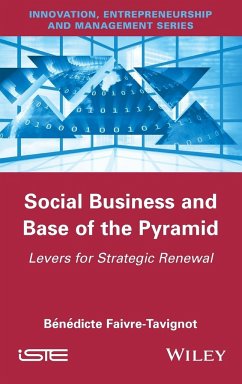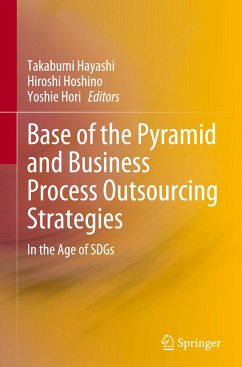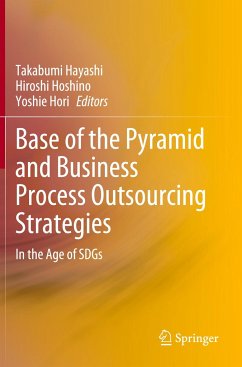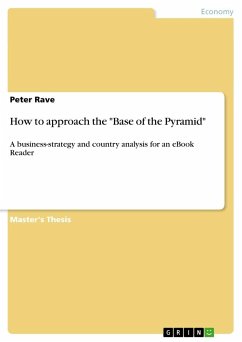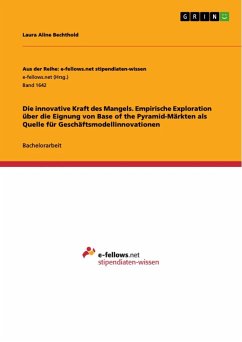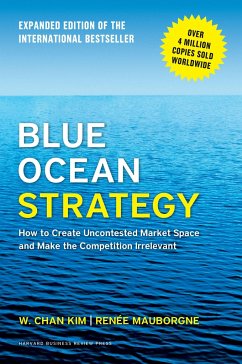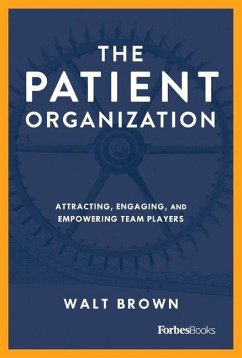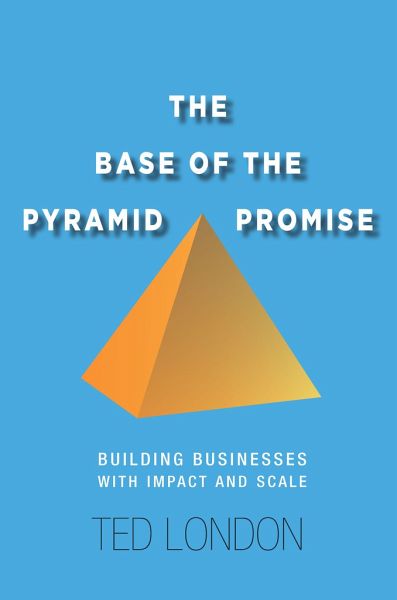
The Base of the Pyramid Promise
Building Businesses with Impact and Scale
Versandkostenfrei!
Versandfertig in über 4 Wochen
39,99 €
inkl. MwSt.

PAYBACK Punkte
20 °P sammeln!
Ted London is an internationally-recognized expert on enterprise strategy and poverty alleviation. He is Vice President of the William Davidson Institute and a faculty member at the Ross School of Business, University of Michigan.



